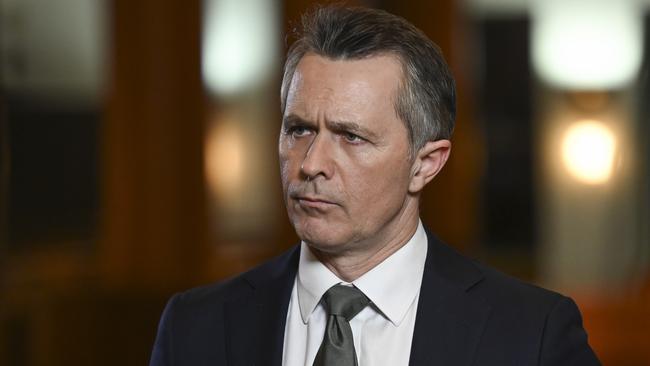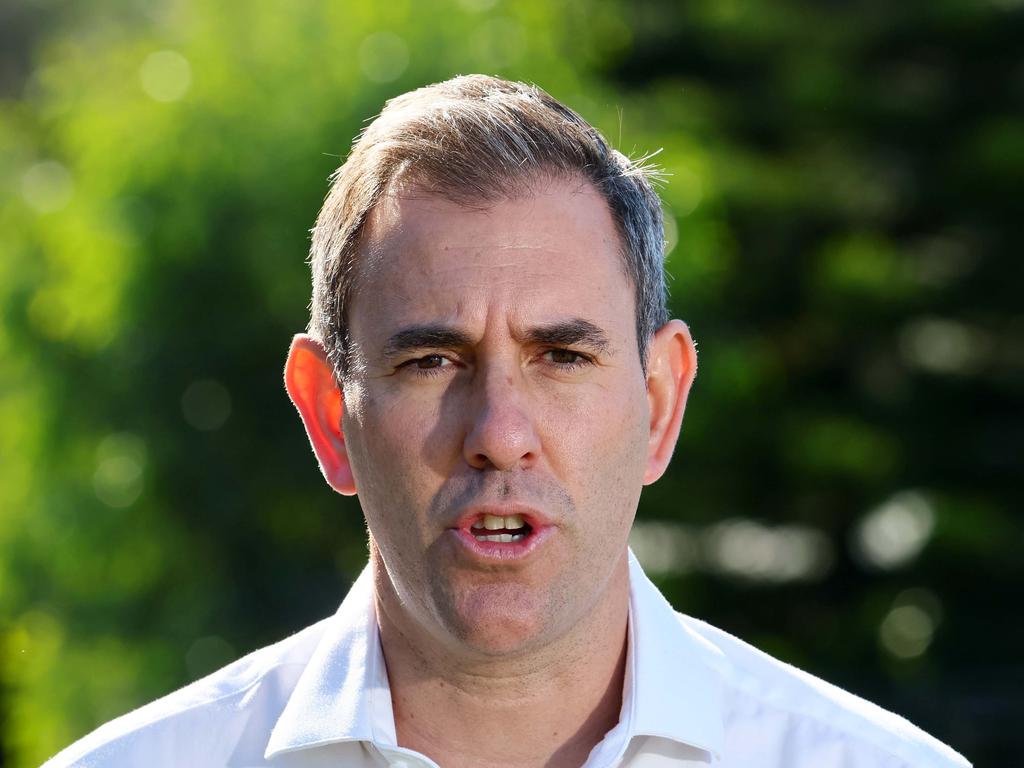S&P issues ratings warning over Labor’s foreign students bill
Labor’s proposed caps to foreign students ‘threatens to unravel a thriving industry’ and will put the credit ratings of Australia’s biggest universities at risk, S&P Global Ratings warns.

Labor’s proposed caps to international students “threatens to unravel a thriving industry” and will put the credit ratings of the biggest universities at risk, S&P Global Ratings says, as the government unveiled new restrictions on foreigners trying to study in Australia .
The agency in a new report said the Albanese government’s draft legislation – aimed at reining in runaway migration amid a chronic housing shortage – “could erode the financial performance and credit quality of the country’s universities”.
S&P’s warnings came as Home Affairs Minister Clare O’Neil announced migrants on visitor visas can no longer apply to study on an Australian campus from inside Australia’s borders.
Ms O’Neil said the plan – which comes into effect from July 1 – would help end the issue of “visa hopping” after more than 36,000 applications for student visas from visitors within the country between July last year and May this year.
“Our migration strategy outlines a clear plan to close the loopholes in international education and this is the next step in delivering that plan,” Ms O’Neil said.
Labor’s foreign students bill was introduced into parliament in May and would give the education minister what S&P called “wide-reaching and unprecedented powers” to cap enrolments from 2025. Higher allowances could be granted to universities that invested in new student accommodation.
“If enacted, the legislation would crimp operating margins, choking funding for research and halting the advance of Australian tertiary institutions up global rankings,” the report said.
Universities, like large companies and governments, jealously guard their high debt ratings in order to give them access to the widest possible range of lenders, at lower interest rates.
S&P notes that Australian universities are far more dependent on offshore students than in other advanced economies.
More than one in four students are international, against the OECD average of one in 10. The next highest reliance is in Canada, at one in five.
Per capita of population, Australia has more than triple the number of international students than either Canada or Britain, according to the Grattan Institute.
“We have long commented that heavy reliance on international fees could expose universities to risks that include shifting geopolitical rivalries, currency fluctuations, or foreign interference,” the report said. “But an abrupt, homegrown threat to the sector’s lucrative business model has caught most observers by surprise.”
International student numbers have nearly doubled over the past decade to almost 450,000, with the lion’s share flowing to prestigious “sandstone” institutions in Sydney and Melbourne.
With foreigners paying as much as three times the fees charged to local students, universities have been eager to meet the growing offshore demand for an Australian tertiary education.
Fees from foreign students at Sydney Uni account for 43 per cent of total operating revenue, according to S&P, and about 30 per cent at the University of NSW and Melbourne University.
The ratings agency said the loss of income from foreign students meant universities’ profit margins could flatten or “flip” to negative.
“Australia’s standing in global rankings could be impaired since revenue earned from foreign students cross-subsidises research activity. This, in turn, will dull Australia’s allure as a study destination,” the report said.
“Ranking providers score universities on metrics like research citations and even international student ratios.”
Given the size of the tertiary sector, the ratings agency said universities might yet be able to “twist the government’s arm” and water down its proposals. “They may gain support from business groups who see the value of foreign students in filling labour shortages and advancing so-called soft power diplomacy. Foreign students are widely employed in the hospitality industry and so their absence could contribute slightly to wage inflation,” the report said.
Top universities have pushed ahead with a recruiting drive, issuing 50,000 offers to offshore students to start in the new year.
A Senate committee is examining the legislation and is due to report back in August.
Educating foreigners earned the country $48bn in export income in 2023 – well up on the $40bn in 2019 – and is the nation’s fourth largest export earner after iron ore, coal, and natural gas.






To join the conversation, please log in. Don't have an account? Register
Join the conversation, you are commenting as Logout